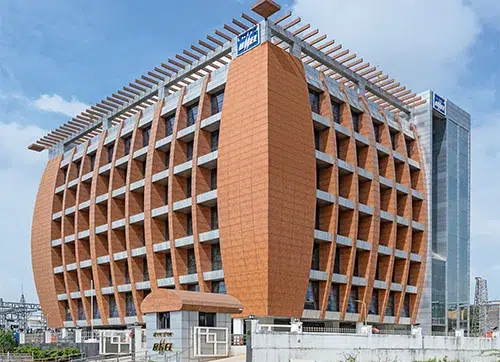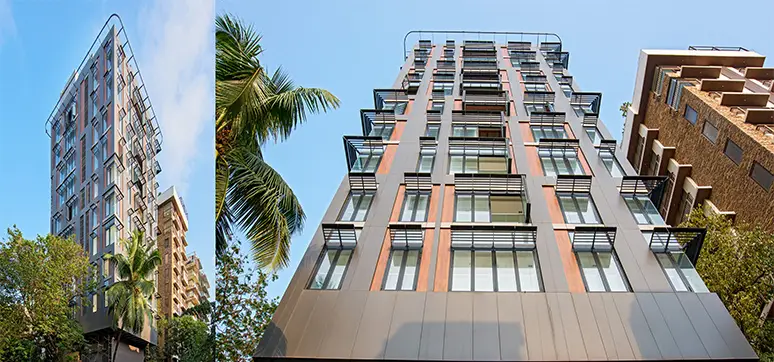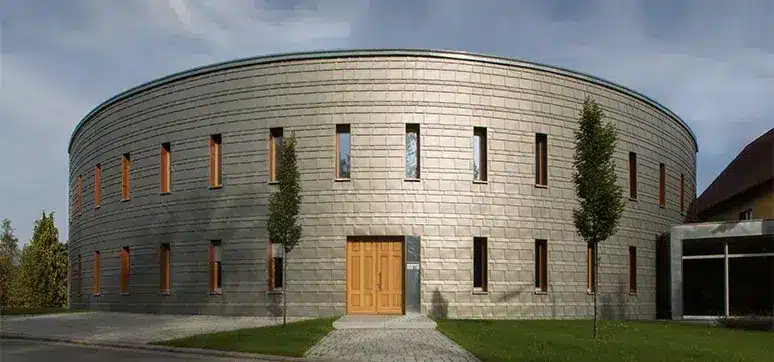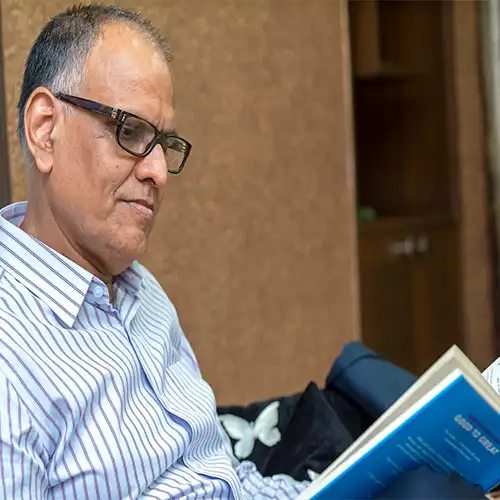In the realm of architecture and design, the façade of a building serves as its defining feature, reflecting both its aesthetic appeal and functional integrity. At the heart of this captivating tale lies the enigmatic world of exterior cladding materials.
Exterior cladding materials play a pivotal role by:
- Offering protection from harsh weather, pollution, rains and winds.
- Saving energy by maintaining an optimal temperature.
- Provide protection to people and the building from fire hazards.
The demand for exterior cladding materials in India has shown consistent growth in recent years. From natural materials like stone and wood to the advent of modern innovations such as metal alloys and composite materials, the evolution of cladding materials is a journey through time
EXTERIOR CLADDING MATERIALS

The exterior cladding and façades use a number of metal alloys and composite materials, including but not limited to:
- Aluminium: Made out of 100% recyclable aluminium, Aludecor has introduced ACPs with fine finishes like wood, stone, and glass, to provide the perfect blend of style and durability.
- Zinc: Using Zinc’s beautiful natural colour and with premium shades, Aludecor has created ZCPs and Zinc Solid Panels which provide longevity and lend flawless strength to modern and classical architecture.
With its latest collaboration, Aludecor has tied up with Nedzink to create architectural innovations and the latest Zinc façade designs.
- Copper: Introduced in India for the first time by Aludecor, take cladding dreams to a superior level with Copper Composite Panels. CCPs are natural, and robust, with ease of fabrication and cost-effectiveness that Aludecor products are known for.
- Honeycomb: Aludecor’s latest offering, Honeycomb Panels, are in high demand for its exceptional strength-to-weight ratio, ideal for applications where both durability and reduced weight are crucial, such as in aerospace, construction etc. Honeycomb Panels can be made using different metals like Aluminium, Zinc, Copper and Stainless Steel.
Widely used in Europe, Honeycomb Panels are still in their infancy within the Indian market, currently holding a modest 1% share of the market. Experts anticipate their market share to grow substantially, potentially reaching up to 5% of the overall Indian cladding market soon.

VALUATION AND GROWTH RATE OF CLADDING MATERIALS
Recent industry reports estimate the current valuation of India’s exterior wall cladding/covering material market to range between `15,000-20,000 crores (approximately USD 2-3 billion) in 2022. Indian façades and cladding market can be segmented into:
Material-wise:
- Glass façades (40-50% market share)
- Aluminium façades (20-30% market share)
- Stone façades (10-20% market share)
- Ceramic façades (5-10% market share)
- Others (5-10% market share)
Application-wise:
- Commercial buildings (60-70% market share)
- Residential buildings (20-30% market share)
- Industrial buildings (5-10% market share)
- Institutional buildings (5-10% market share)
India’s exterior wall cladding materials market is forecasted to provide a projected growth rate of over 10-12% CAGR during the period of 2022-2027, propelled by heightened construction endeavours spanning various sectors. The surge in demand for cladding options is driven by:
- Increasing demand for sustainable buildings: The Indian government’s goal of achieving net-zero carbon emissions by 2050 is expected to drive the demand for sustainable and energy-efficient buildings, which will in turn drive the demand for advanced façades and cladding materials.
- Growing urbanisation: The rapid urbanisation of Indian cities is expected to lead to an increase in the demand for high-rise buildings, which will require advanced façade design and cladding materials.
- Advancements in technology: The development of new materials and technologies, such as nanotechnology and 3D printing, is expected to enable the creation of more complex and innovative façade designs.
LOOKING AHEAD
The future of exterior cladding materials is poised for innovation and sustainability. With an increasing focus on environmental stewardship and energy efficiency, architects and designers are exploring new materials and technologies to create high-performance facades that seamlessly integrate with their surroundings. From bio-based composites to smart cladding systems, the possibilities for the future of cladding are as vast as the imagination itself.














